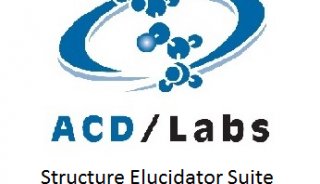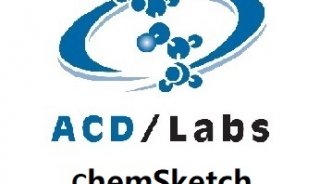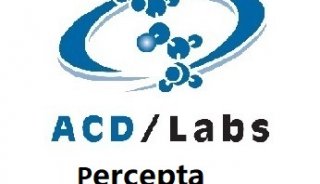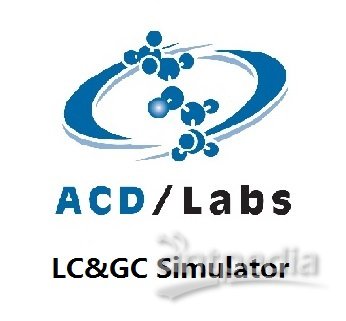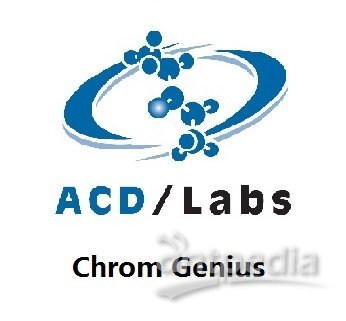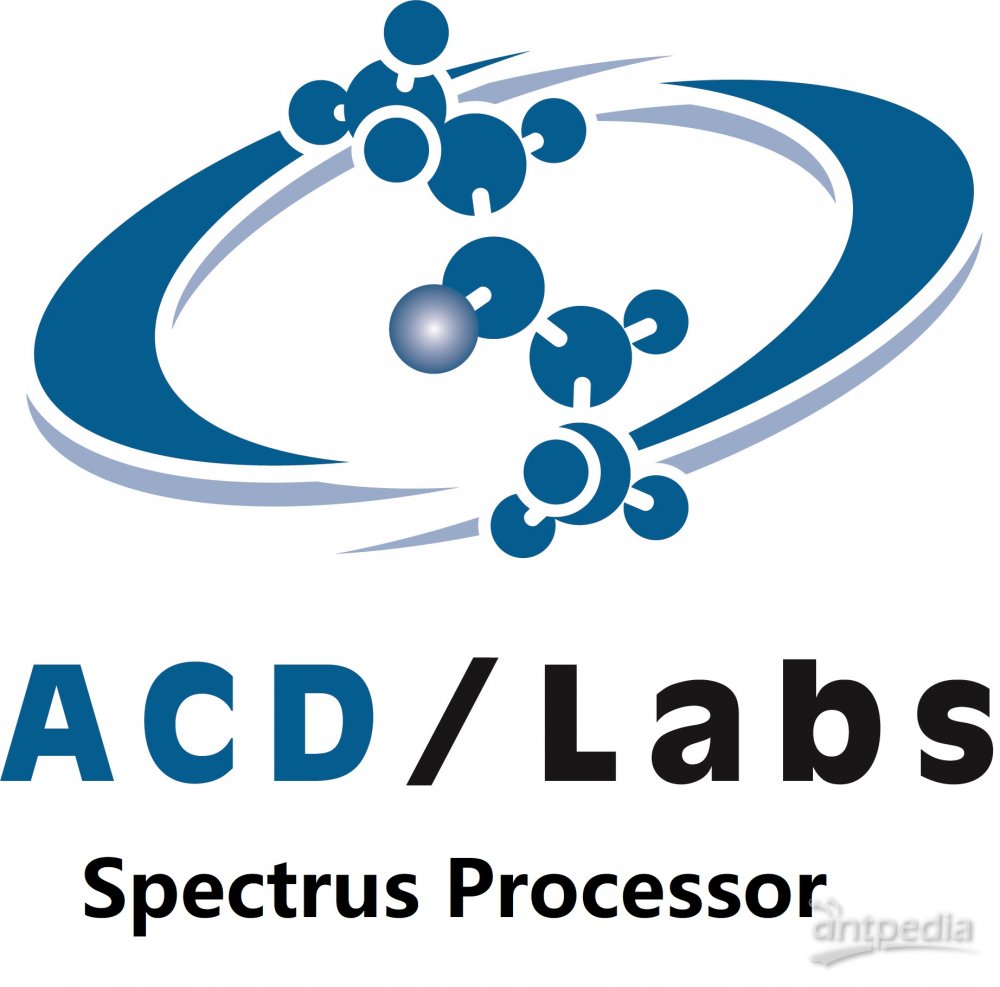Look Ma, No Archenteron! Sulfate's role in sea urchin early development
Objective
To observe the role sulfate plays in sea urchin gastrulation, and to replicate the findings of Karp and Solursh, that sea urchin embryos fail to gastrulate without sulfate. To test whether endoderm differentiation can occur in the absense of the movements of gastrulation.
Abstract
Sea urchin development requires not only internally produced signals, but also materials incorporated from the environment. Karp and Solursh have hypothesized that secondary mesenchyme cells, which form the filopodia of the developing archenteron (primary gut) require sulfate (to form sulfated proteoglycans which act as something like an adhesive) in order to migrate along the acid mucopolysaccharide of the extracellular matrix within the blastocoel of a developing sea urchin (1974). Developing sea urchin embryos were raised in either artificial sea water or sulfate-free sea water, fixed, and stained for alkaline phosphotase enzyme activity and with immunofluorescent antibodies to vegetal archenteron cells. Embryos raised in a sulfate-free environment, unlike controls, did not develop archenterons. Staining indicated, however, that these cells did differentiate to become gut cells and had invaginated, but the cells could not migrate up the blastocoel wall. This data supports the findings and hypothesis of Karp and Solursh (1974).
Sea urchin development progresses in a predictable and easily observable way (Gilbert, 2000). The vegetal plate thickens and primary mesenchyme cells ingress and form spicules, the urchin skeleton (Figure 1). The vegetal plate then invaginates, forming the archenteron, or primitive gut. The archenteron migrates up the sea urchin's blastocoel wall with the help of secondary mesenchyme cells (Figure 1).
The migration of the archenteron depends not only on signals and proteins already present in the egg, but also on extracellular materials that have been incorporated into the organism. Karp and Solursh have hypothesized that secondary mesenchyme cells, which form the filopodia of the developing archenteron (primary gut) require sulfate (as something like an adhesive) in order to migrate along the extracellular matrix within the blastocoel of a developing sea urchin (1974).
Presumably, sea urchin embryos incorporate sulfate from the environment into their extracellular matrixes. The extracellular matrix contains acid mucopolysaccharide, which when bound to sulfate, is rough in appearance (Karp and Solursh, 1974). This roughness is akin to velcro's roughness, allowing secondary mesenchyme cells to pull the archenteron up along the blastocoel cavity. If sulfate is not present, it has been observed that an archenteron does not form (Karp and Solursh, 1974). Fixed and stained embryos will indicate if the gut endoderm cells have differentiated (and have simply failed to migrate).

Figure 1. A schematic drawing of a gastrulating sea urchin embryo. Note the secondary mesenchyme cells, in the form of a filopodia, attaching to the blastocoel wall to pull the archenteron up through the blastocoel to form the gut cavity.
Materials and Methods
Lytchinus pitus or Strongylocentrotus purpuratus (from the Pacific coast), andArbacia punctulata or Lytchinus variegates (from the Atlantic and Gulf of Mexico) can be used for this experiment. Lytchinus variegatus was used for our experiment. Sea urchin gamete release was induced by injection of KCl and eggs and sperm were obtained in separate beakers as described in basic protocol "sea urchin gamete collection".
Eggs were obtained in sulfate free (SF) water , to ensure that they did not incorporate sulfate. All eggs were then washed four times in SF water. Eggs were fertilized as described in the basic protocol "sea urchin fertilization". Eggs were checked for fertilization under the microscope. A beaker was filled with artificial sea water (ASW), and another beaker was filled with sulfate-free water. Fertilized eggs were then pipetted into each beaker. Embryos were incubated at about 24° C (room temperature) overnight. Since embryos were not fully developed by the next day, they were incubated for an additional day. On day two, because yield of hatched blastulas was low and embryos were dilute, swimming embryos floating at the top of the water were centrifuged and concentrated. These concentrated embryos were then fixed as described in the"Preparation of fixed embryos for immunocytochemistry and AP staining". Embryos were then divided into two groups and stained with 5C7, a monoclonal antibody that stains endoderm, as described in the "Immunofluorescent staining of Sea Urchin embryos" or histochemically stained as described in the"Histochemical staining of sea urchin embryos for alkaline phosphatase (AP) enzyme activity".
Results
When observed before fixing, embryos from the control group had become early pluteus larvae with fully formed archenterons. Embryos from the sulfate-free group were still spherical, and had no observable archenterons after two days of incubation. Embryos stained both histochemically and immunofluorescently showed similar patterns. Alkaline phosphotase (AP) staining revealed activity throughout the midgut and hindgut of a fully formed archenteron in a control embryo (Figure 2A). However, AP activity was only apparent at the vegetal plate in a sulfate-free embryo (Figure 2B).
A. B.
B.
Figure 2. Fixed two-day old sea urchin embryos stained for alkaline phosphotase enzyme activity. (A) White arrow points to staining in a control embryo, in pluteus larva stage, which reveals enzyme activity throughout a fully formed archenteron or gut tube. (B) White arrow points to staining in an embryo raised in a sulfate-free environment, which reveals activity only at the posterior or vegetal plate and no discernable archenteron formation.
Immunofluorescent staining for vegetal plate and posterior archenteron cells revealed staining throughout a fully formed archenteron in a pluteus larva control (Figure 3A). A ring of immunofluorescent staining in an embryo raised in a sulfate-free enviroment appeared only at the vegetal plate, with no discernable archenteron formation (Figure 3B).
A. B.
B.
Figure 3. Fixed two-day old sea urchin embryos stained with 5C7, an antibody to vegetal plate and posterior archenteron cells. (A) White arrow indicates staining throughout a fully formed archenteron in a control embryo in pluteus larva stage. (B) The white arrow points to a ring of stained vegetal plate and archenteron cells that have not formed a discernable archenteron.
Discussion
As hypothesized and found by Karp and Solursh (1974), embryos raised in a sulfate-free environment do indeed fail to form archenterons. Supporting the findings that sulfate acts only as an adhesive to allow secondary mesenchyme cells to pull the archenteron up through the embryo, sulfate-free embryo cells had differentiated. AP activity indicated that sulfate-free raised embryos have gut cells. These cells simply have not migrated to the correct location. Additionally, the immunofluorescent staining pattern in the sulfate-free embryo appeared to be a ring, suggesting that the cells had invaginated. This finding would further support the hypothesis that sulfate is necessary for the adhesion of secondary mesenchyme cells to the blastocoel wall to extend and form the archenteron. The cells invaginated, but lacked the ability to migrate and form an archenteron. These data support the finding and hypothesis of Karp and Solursh (1974). Interstingly, embryos in this experiment did not feritilixe as well and developed more slowly than eggs from the same donor collected, fertilized, and raised in artificial sea water. Further experiments should be done to determine if sulfate (or the lack thereof) affects fertilization and development processes more generally.






